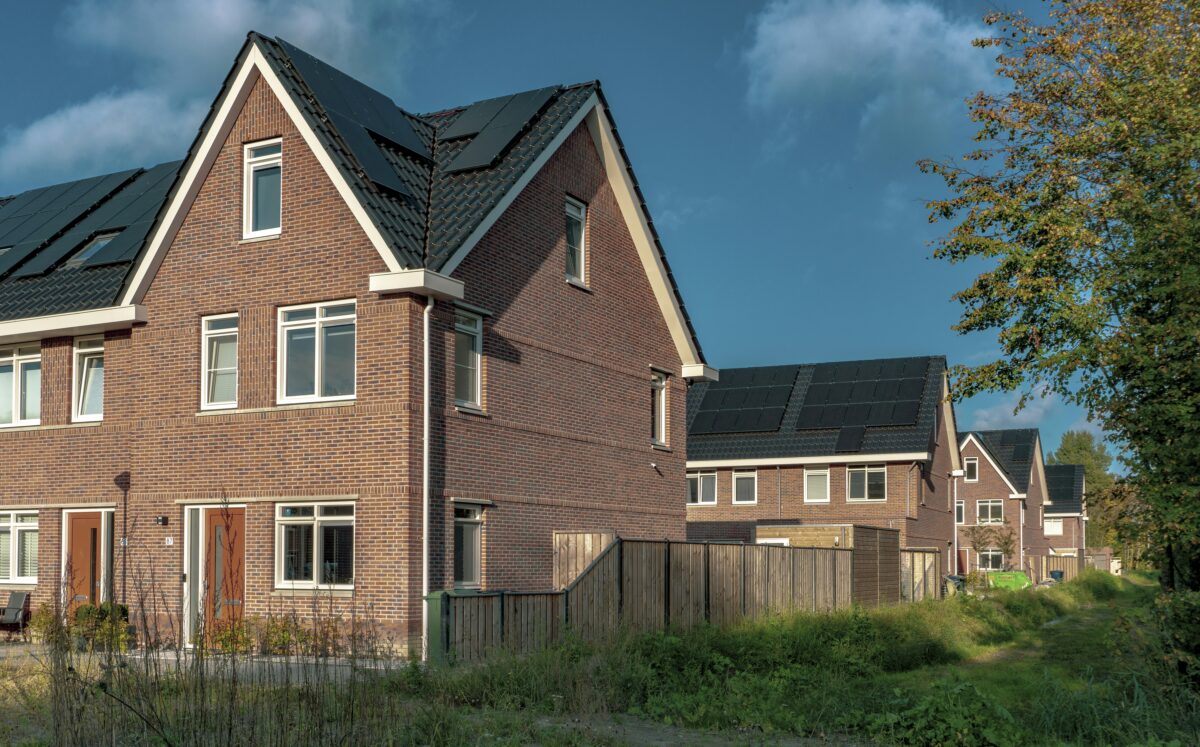From pv magazine USA

Energy storage prices, meanwhile, fell for the first time since EnergySage started reporting storage data in 2020. During the second half of 2023, energy storage prices declined about 6% to a median of $1,265/W.
EnergySage said the drop in prices was driven in part by a 19% decrease in quoted storage prices in California, where energy storage attachment rates for solar projects reached 45% in the second half of 2023.
For energy storage suppliers, microinverter specialist Enphase Energy represented nearly half of the energy storage quotes provided, while Tesla was the second most-quoted, and FranklinWH reached third, continuing its climb in market share.
For inverters, Enphase Energy gained market share, reaching nearly 70% of quoted systems in the EnergySage marketplace. It was followed by SolarEdge, Hoymiles, and Tesla.
Popular content
The top-quoted solar panel brands were a more diverse mix, led by REC Group, Qcells, Silfab Solar, and Panasonic. Throughout 2023, 90% of quotes on EnergySage had solar panels with power ratings of 400 W or greater, up from only 2% of quotes in 2020.
The lowest quoted median per watt price was in Arizona, with $2.30/W, while median prices were the highest in Tennessee at $3.65/W. California had the smallest median system size at 8.07 kW, while Kentucky had the largest with 14.50 kW for median system size in the second half of 2023.
Nationwide, median loan rates for residential solar projects rose from 4.99% in the first half of 2023 to 5.5% in 2023. High interest rates have posed a challenge for residential solar installers, who were accustomed to a median loan rate of 2.99% in the second half of 2022.
The median estimated payback period – the time it takes to achieve break-even on investment – remained relatively flat throughout 2023. It improved from about 8.3 years in the first half of 2023 to about 8.1 years in the second half, according to EnergySage.
It also noted that solar is reaching a broader set of markets. US residential solar historically thrived in markets with high average electricity rates, but this year only three of the top 10 states for solar installations had electricity rates higher than the national average. The company said this marks a good sign for the US solar industry in general, suggesting that PV is evolving from early adopter markets to the mainstream.
This content is protected by copyright and may not be reused. If you want to cooperate with us and would like to reuse some of our content, please contact: editors@pv-magazine.com.



This uses ‘median’ instead of ‘mean’ which would have been much more meaningful. Without Net Metering, which is diminishingly likely to be available to new solar residential installs in 2023 and 2024, the payback periods in this article are a fantasy. More likley … 11 to 16 years and even more. Example: 10kW system @$2.80 with 30% federal and perhaps (optimitic, but still happening) local subsidy of say $2,500 results in net cost of $17K or so. Generated solar power payback perhaps 10c/kWh, making 15kWh per year. $1,500/year payback of $17K ..>11 years. This is what is happening now.